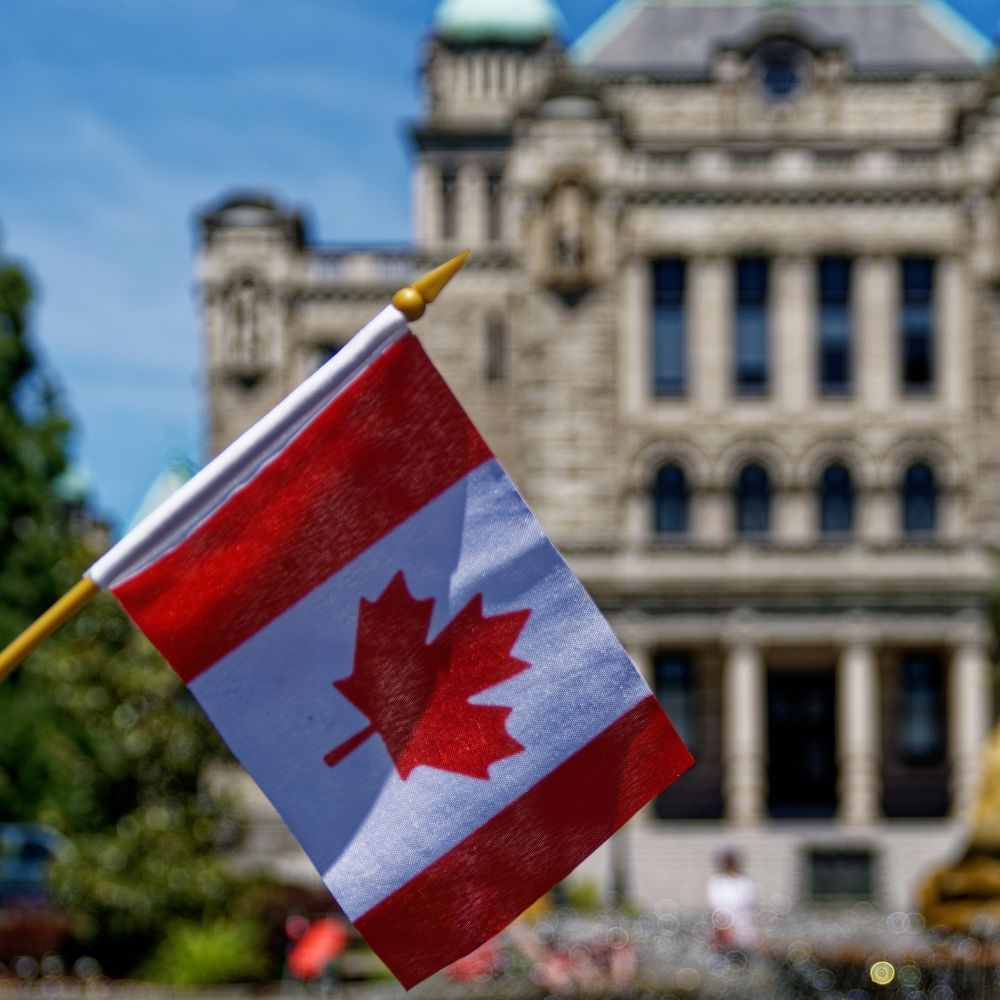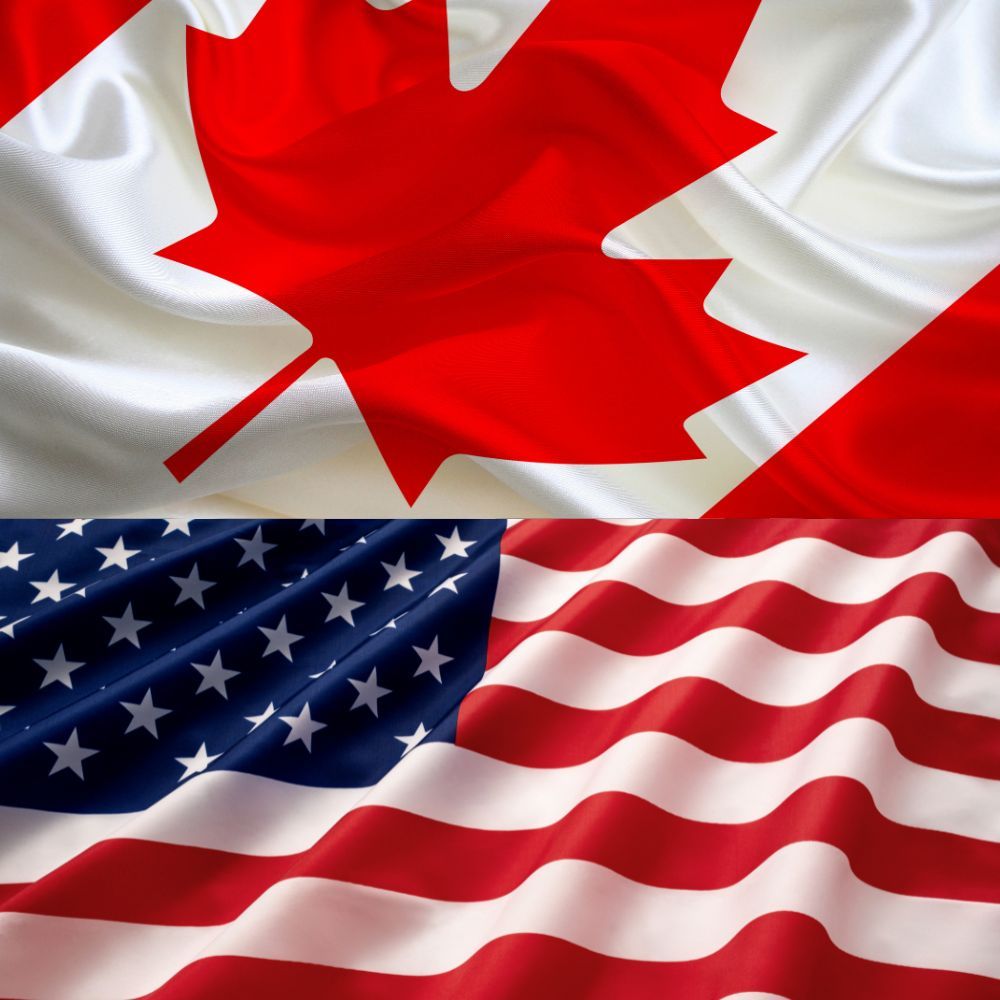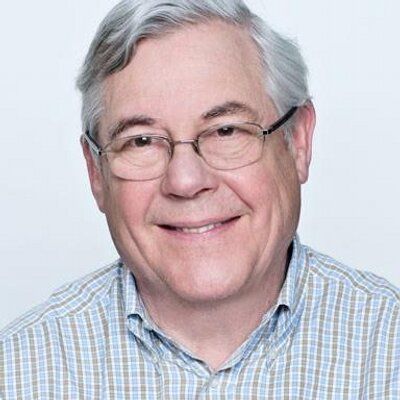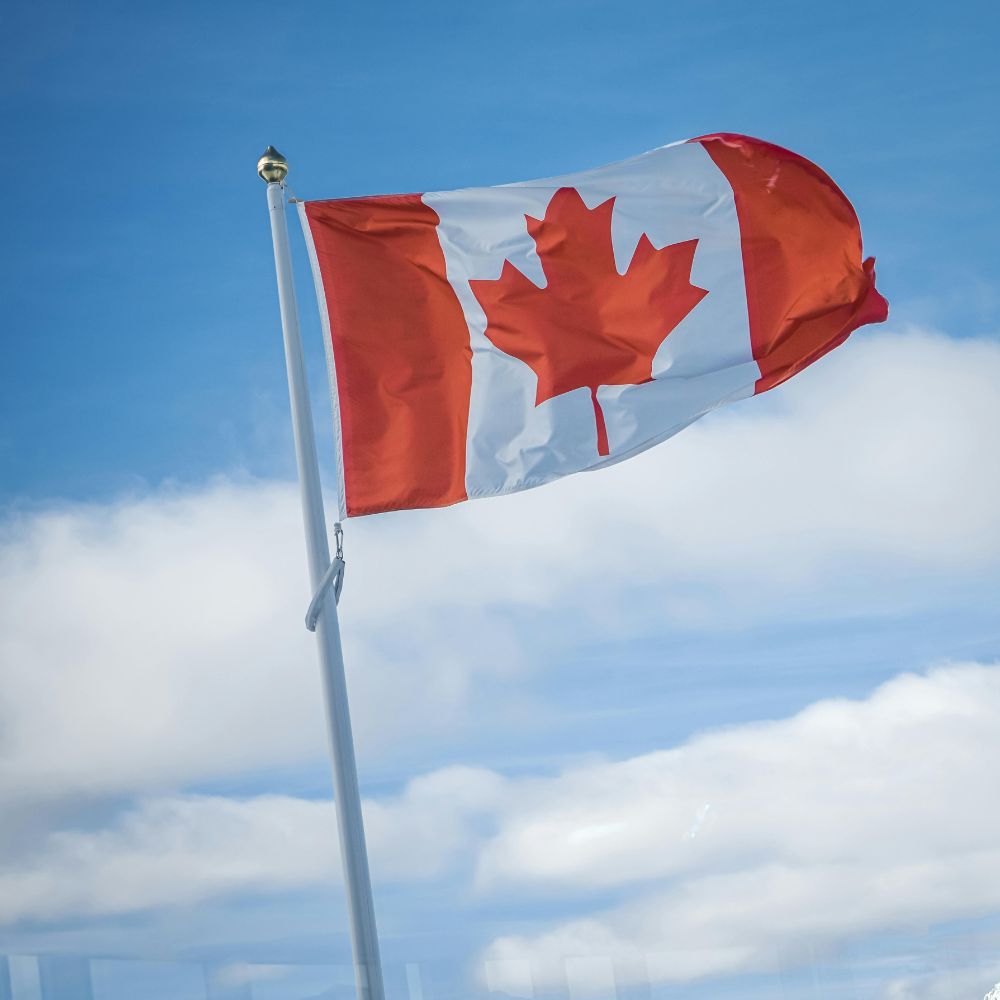Would the Real Doug Ford Please Stand Up

Who is the is the real Doug Ford? Is it the smiling man walking beside Premier of Alberta Danielle Smith into the meeting of the Premiers with the PM intoning “love is in the air”(!) or the inept initiator of the Green Belt scandal which sold protected land to his developer friends – for which he apologized while reversing the order?
Who is he? The skilled leader of the Council of the Federation, who on national TV characterized the meeting with the PM as the best in his seven years attending such meetings, or the Premier who starves the public health system and according to the Ontario Nurses Association “is trying bring in American-style health care by systematically increasing the role of private, for-profit corporations at the expense of our public system.”
He rode his posture as Captain Canada “protecting Ontario” from Trump tariffs and demanding a new bigger mandate to an election victory in February, even though he has no formal role in the federal campaign to negotiate a new trade and security agreement with Trump. He relishes this posture, even travelling to Washington on February 13 with other Premiers and somehow getting the chance to deliver an anti-tariff message to two senior White House staff. This doubtless helped his re-election bid.
In October, prior to the much-anticipated election call, Ford announced a $200 “rebate” cheque for all Ontarians to help defray the high cost of living. Buying votes?
Ford is a businessman and street-smart – he is no diplomat. His more confrontational approach to fully punish the US for what they are doing to Canada has begun to clash with the calmer more strategic approach of the more seasoned negotiator Carney. There’s a history of these different approaches:
As soon as Trump announced his tariffs Ford put a 25% tariff on Ontario electricity to 1.5 million US homes. The White House was so annoyed and threatening that he had to withdraw it. More recently, Canadian negotiators decided to ignore the urgings of Ford and industry people to immediately slap on reciprocal tariffs on US steel in response to Trump’s devastating doubling of his tariffs. Diplomacy is too delicate to be upset by hard swinging fighters.
Ford has had a good run at being cooperative with the federal Liberal government -- loudly touting a “good friendship” with former Finance Minister Chrystia Freeland, which doubtless helped get federal grants for transit and other projects.
Ford’s lack of negotiation skills was on display with the agreement with The Austrian company Therme. It is building a spa where Ontario Place used to sit and will be spending $700 million to construct its new facilities on Toronto's waterfront. A New York Times investigation into the company found it only had one spa to its name, and some $1.1 million in equity at the time the Ontario Place deal was struck, operating with what the writers call "shaky" finances. The way that the company came to acquire its whopping 95-year lease of the Toronto lands was also "unusual," the article notes, positioning Ford and his team as naive for placing such faith in the brand without doing due diligence.
Nevertheless Ford’s Captain Canada positioning has helped make him the most popular premier in Canada, and there is no doubt that his friendly folksy manner helped bring unity to the usually disputatious gang of premiers.
Many believe he is well positioned to take over the federal Conservative party should the position become vacant. He would certainly become a different kind of federal leader, and his rough edges might be smoothed over in the more demanding federal scene.
Patrick Gossage Insider Political Views




